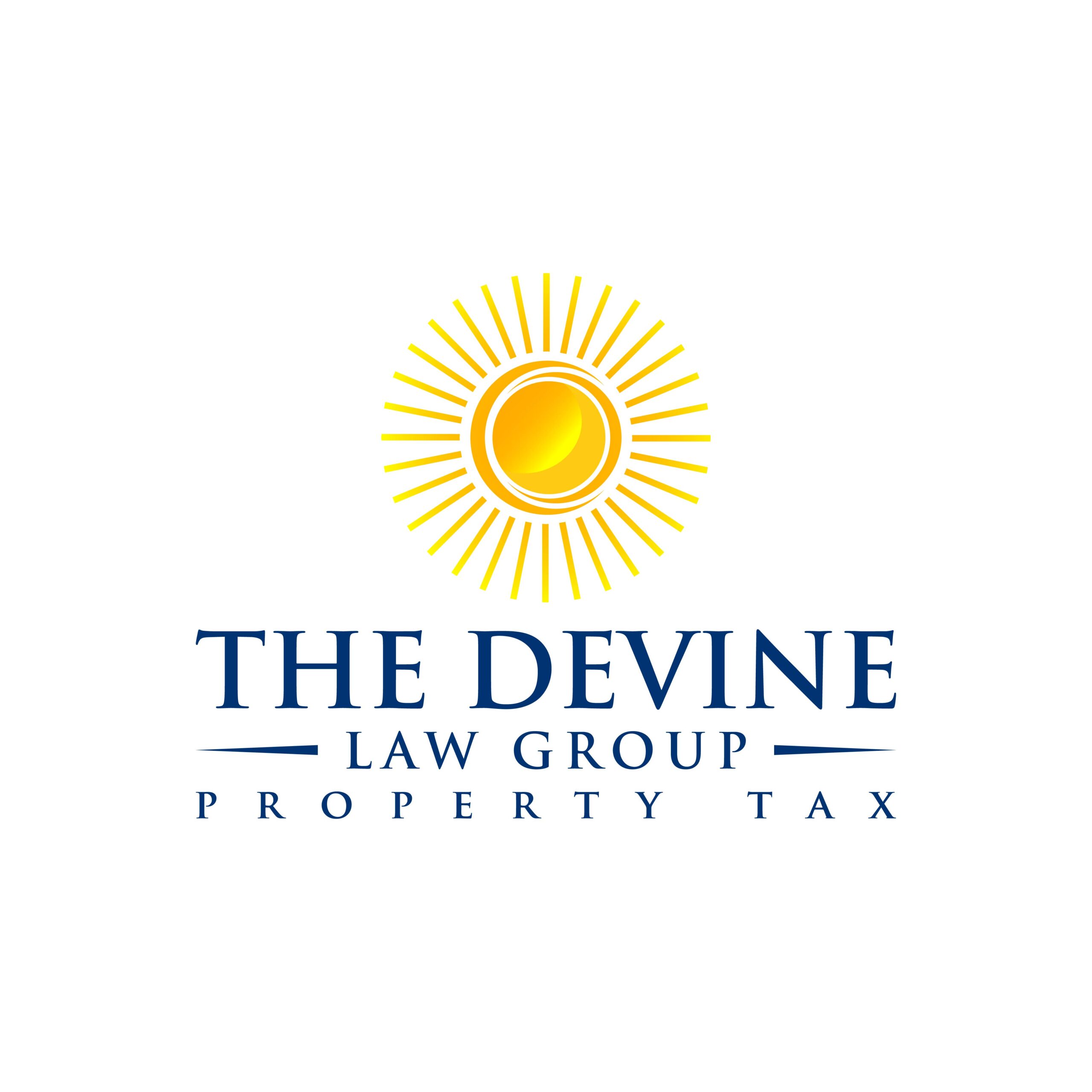Understanding Equalization Factors
Equalization factors can appear complex, but they play a crucial role in the property tax system. Many property owners are unfamiliar with what equalization factors are, where they come from, and their implications.
Outside Cook County, equalization factors aim to equalize assessments within overlapping taxing districts. For instance, consider DuPage County, where a community college serves multiple townships. If one township over-assesses properties while another under-assesses, it creates inequities. Residents in both townships receive the same services from the college, but those in the over-assessed township face higher taxes compared to those in the under-assessed area. To address this, equalization factors are applied to adjust assessed values to the statutory target level of assessment, which is 33.33%. This promotes fairness among residents sharing the tax burden for a unit of government that overplaps several assessing jurisdictions.
Determining Equalization Factors
Equalization factors are determined based on sales ratio studies conducted by the Supervisor of Assessments in each county. These studies compare the aggregate assessed values of properties to actual market sales over the past three years. If discrepancies are found—for instance, if properties are assessed significantly above or below the market value indicated by the sales study — the Supervisor of Assessments will issue an equalization factor. This factor is applied uniformly to all properties within the jurisdiction to equalize the aggregate value to the correct level of assessment – 33.33%.
Variations Across Counties
Different counties apply equalization factors in distinct ways. The first level of equalization occurs at the county level, adjusting assessments township by township. For example, a negative equalization factor indicates over-assessment, while a positive factor shows under-assessment. Township assessors strive for an equalization factor of one, indicating accurate assessments, while some accept the need for adjustments as market conditions change.
Evaluating Fairness in Equalization Factors
Property owners receiving an assessment notice with an equalization factor should assess whether their property type aligns with the factors applied in their area. For example, if a positive equalization factor is driven by residential sales in a predominantly residential area, applying that factor to the few commercial properties in that jurisdiction may not be justified. Conversations with assessors about the appropriateness of these factors can sometimes lead to better outcomes for property owners.
Addressing Unfair Equalization
If a property owner believes an equalization factor has unfairly increased their tax burden, the first step is usually to engage with the assessor, presenting relevant data to support their position. If necessary, they can escalate the matter to the Board of Review and – finally – to the Property Tax Appeal Board (PTAB). The PTAB requires the taxpayer to meet the burden of proof known as “clear and convincing” for uniformity cases and “preponderance of evidence” for market value cases.
Interrelation with Other Property Tax Components
In Cook County, property is assessed differently due to classifications. For instance, residential properties are assessed at 10% of their fair market value, and commercial/industrial properties are assessed at 25%. Since both assessment factors are lower than 33.33%, Cook County necessitates larger equalization factors to reconcile assessments with those counties that do not classify properties for assessment purposes. The unequal distribution of school funding between Cook County and downstate areas stems partly from these differing assessment practices, leading to ongoing discussions regarding school funding fairness.
Common Misconceptions
A prevalent misconception among property owners is the assumption that an increase in assessed value automatically results in higher taxes. However, if every property in the jurisdiction sees a similar increase, the overall tax rate may decrease, leaving total tax bills unchanged. This counterintuitive reality is often difficult for property taxpayers to understand.
Importance of Contesting Equalizers
Failure to contest equalization factors can lead to compounding tax burdens over time. Addressing even minor equalization increases can prevent significant tax hikes ofer the course of the four-year assessment cycle, making it crucial to stay engaged with the assessment process.
Conclusion
Addressing equalization factors is an important aspect of property tax management in Illinois. Engaging actively with the assessment process can help property owners avoid unnecessary tax burdens. For further assistance and insights, visit the Divine Law Group at thedivinelawgroup.com. Thank you for tuning in to Divine Intervention, and don’t forget to like, subscribe, and leave us a review.

